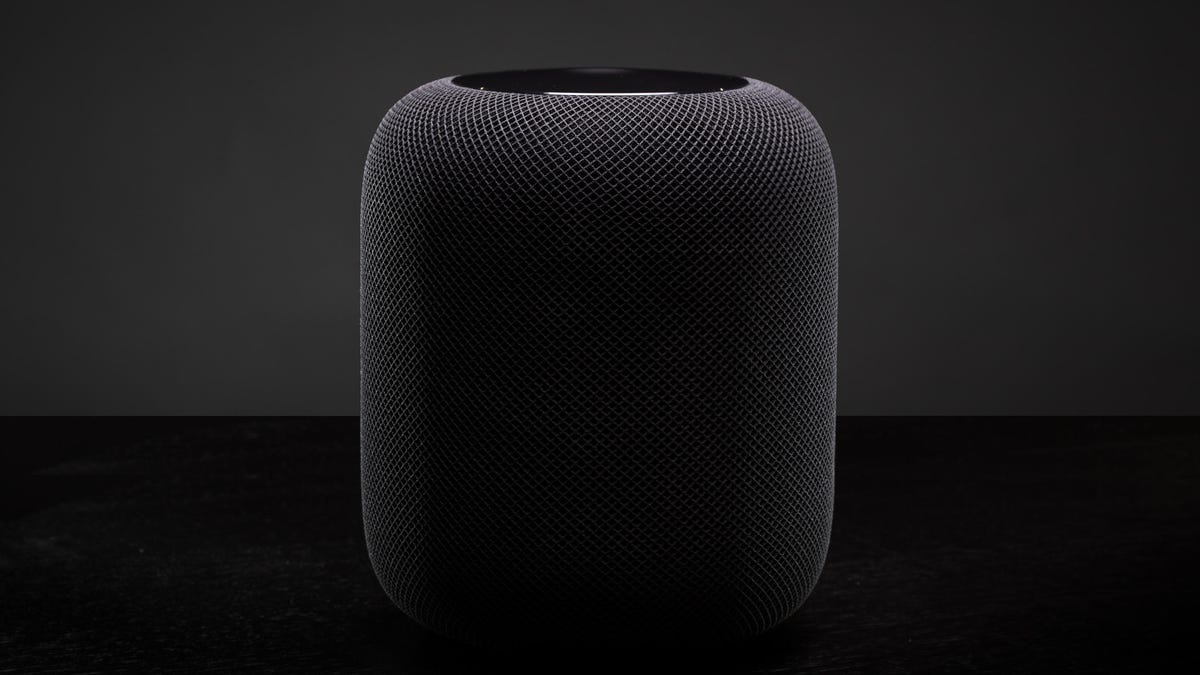Apple HomePod: 2 things it can't do
It's true -- there are some things Apple's smart speaker just can't manage yet.

Despite what some would have you think, the Apple HomePod can do a quite a bit. Answer trivia questions, play news reports, music and podcasts, and -- yes -- it can even tell jokes.
That said, there are some things the HomePod can't do that it should be able to.
Note, when the HomePod first launched, this post had six items on the list. Now we're down to two. Through software updates Apple has added the ability to check your calendar, use two HomePod's in a stereo pair, play multiroom music, and make phone calls using your voice. Below are two features the HomePod still can't do, but hopefully will be able to in the future.
Act as a Bluetooth speaker
The HomePod's spec sheet may list Bluetooth 5 as a feature, but don't count on pairing the speaker with your Windows or Android devices.
Instead, HomePod uses only AirPlay to stream music from one device to the speaker. And, of course, AirPlay is only available on Apple products or via iTunes.
That doesn't mean you can't stream Spotify to your HomePod, but you'll need to use an Apple device and select AirPlay capability to do so.
Differentiate voices
As far as Siri is concerned, a voice is a voice is a voice. The HomePod can't currently tell your voice apart from your partner's or that of a visitor.
Hopefully, this is something Apple adds in the future, as sending messages and adding reminders is a significant feature, but one that's limited to a single account right now.
Originally published on Feb. 23, 2018.
Update, Jan. 7, 2019: Updated to reflect current feature set.

